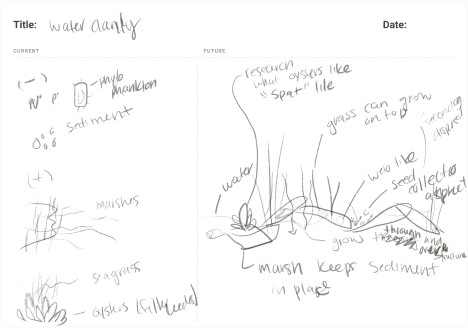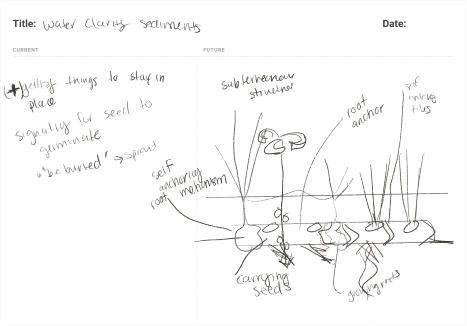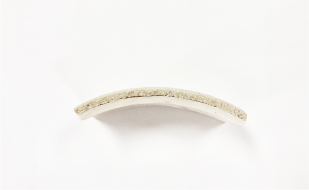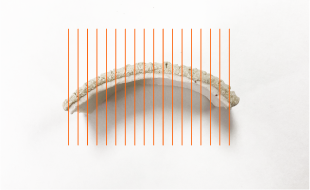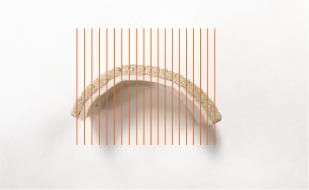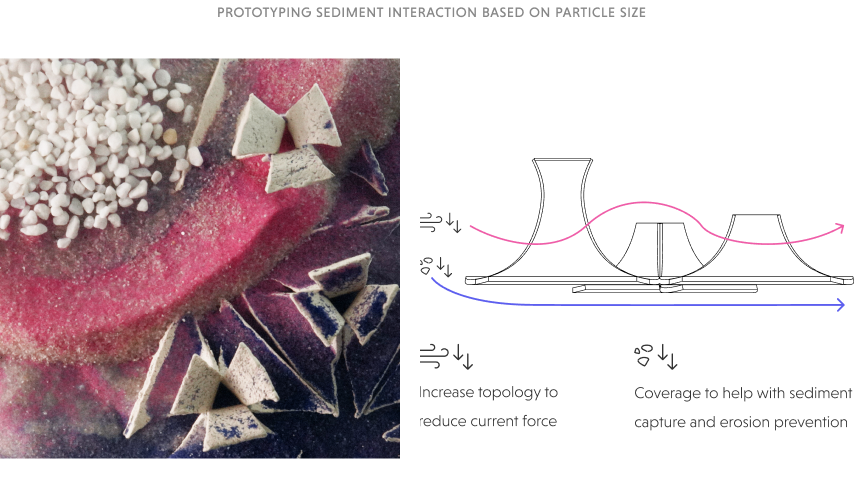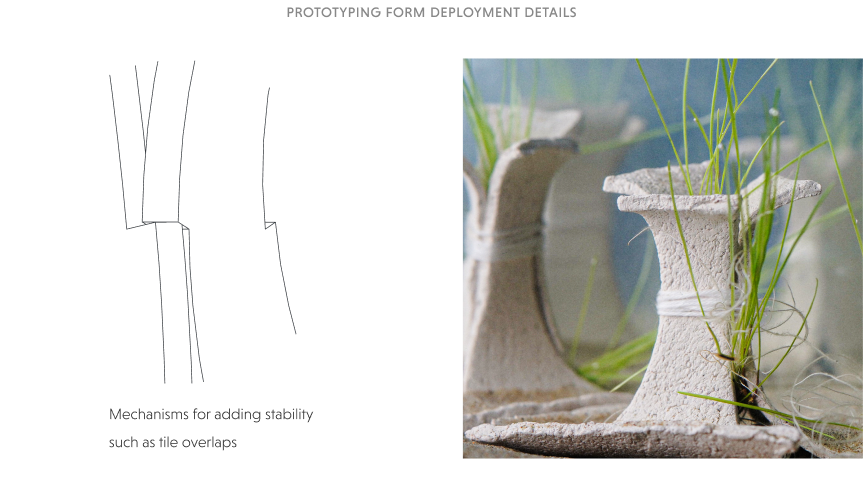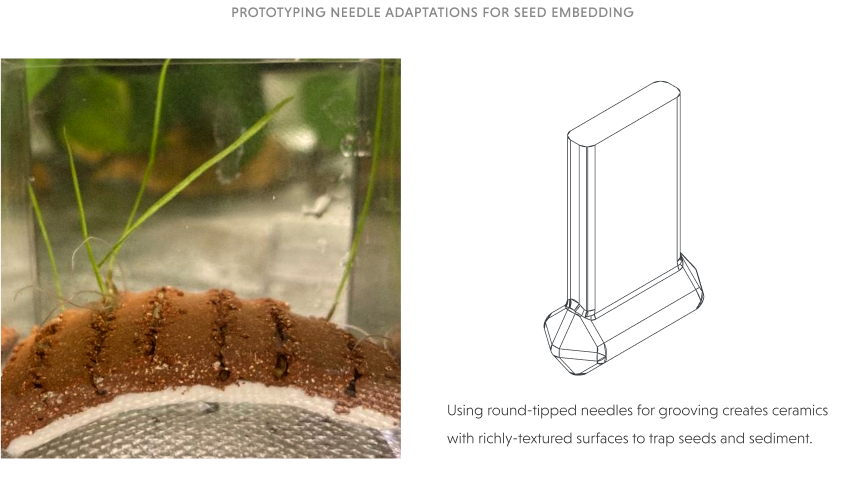Blue Ceramics is a modular system of 4D printed ceramic tiles for restoring seagrass meadow ecosystems. Seagrass meadows are twice as efficient as forests at capturing and storing carbon, but over the last two decades they have been increasingly disappearing.
my role
Design Researcher, Systems Designer
collaborators
Kylon Chiang, Ofri Dar, Dr. Lining Yao, Dr. Jessie Jarvis
my role
Jan 2021- Ongoing
outcome
overview
A key challenge in seagrass restoration is the lack of conservation tools for experts and scientists. I led a team of industrial and computational designers in collaboration with marine scientists to co-design an intervention strategy for seagrass meadow restoration efforts. We developed a smart material using ceramics and 4D printing methods.
We're currently working with a marine scientist to field test the intervention off the North Carolina coast in 2023.
publications
Arredondo, R. A., Dar, O., Chiang, K., Blonder, A., & Yao, L. (2022). Blue Ceramics: Co-designing morphing ceramics for Seagrass Meadow Restoration. Creativity and Cognition.
research
Compared to coral reefs, little design or research attention focuses on the humble seagrass. We used iterative contextual inquiry and participatory design methods to identify restoration solutions. We synthesized knowledge about key challenges and form constraints from the expert interviews and literature reviews to define our design impact and opportunity space.
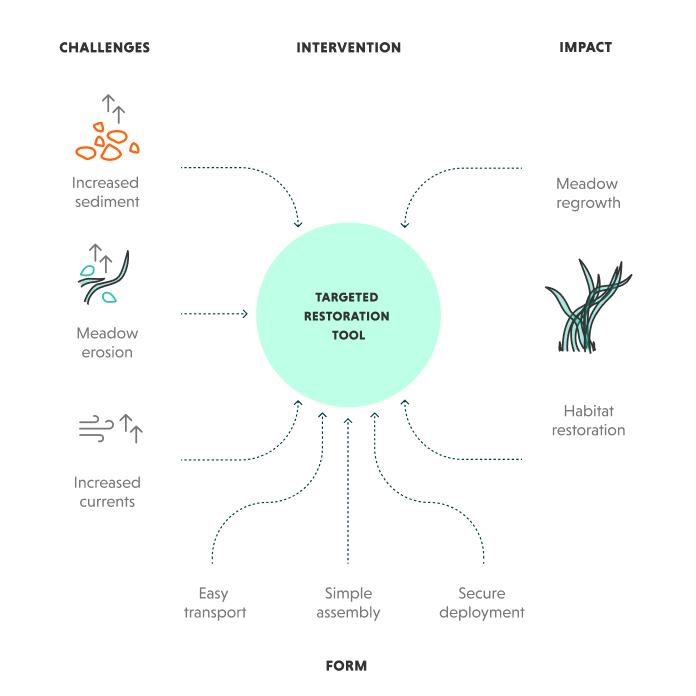
findings
When a seagrass meadow system starts to decline, it usually happens in small patches releasing sediment and seeds --making the water cloudy. These are known as “cold-spots” and decrease meadow resiliency causing habitat loss.
participatory ideation
I adapted a participatory design research protocol for developing IoT products for seagrass meadow systems. I paired with two different experts in coastal restoration to “live sketch” the intervention form surfacing their deep scientific knowledge and translating it into possible designs.
These sketches served as the initial constraints for the form design. Working with an industrial designer, I helped further iterate on the form design.
current iteration - bottom right
manufacturing
We started prototyping with hand-building and grooving before moving to 3D printing and CNC grooving. Generating hundreds of test tiles, we methodically tested and refined the methods for fabricating morphing ceramics.
3d printing
cnc grooving
Morphing ceramics uses the tension created by joining two types of clay with differential shrinkage rates. When fired they morph depending on the groove density.
Different clay bodies have different levels of shrinkage, plasticity, and firing requirements. I developed a testing protocol and firing tests for establishing the material properties of different clay bodies.
prototyping
We built an environmental simulation in Unreal to prototype the deployment of the intervention —conveying the intervention goals, and form details to scientists, designers, and the general public.
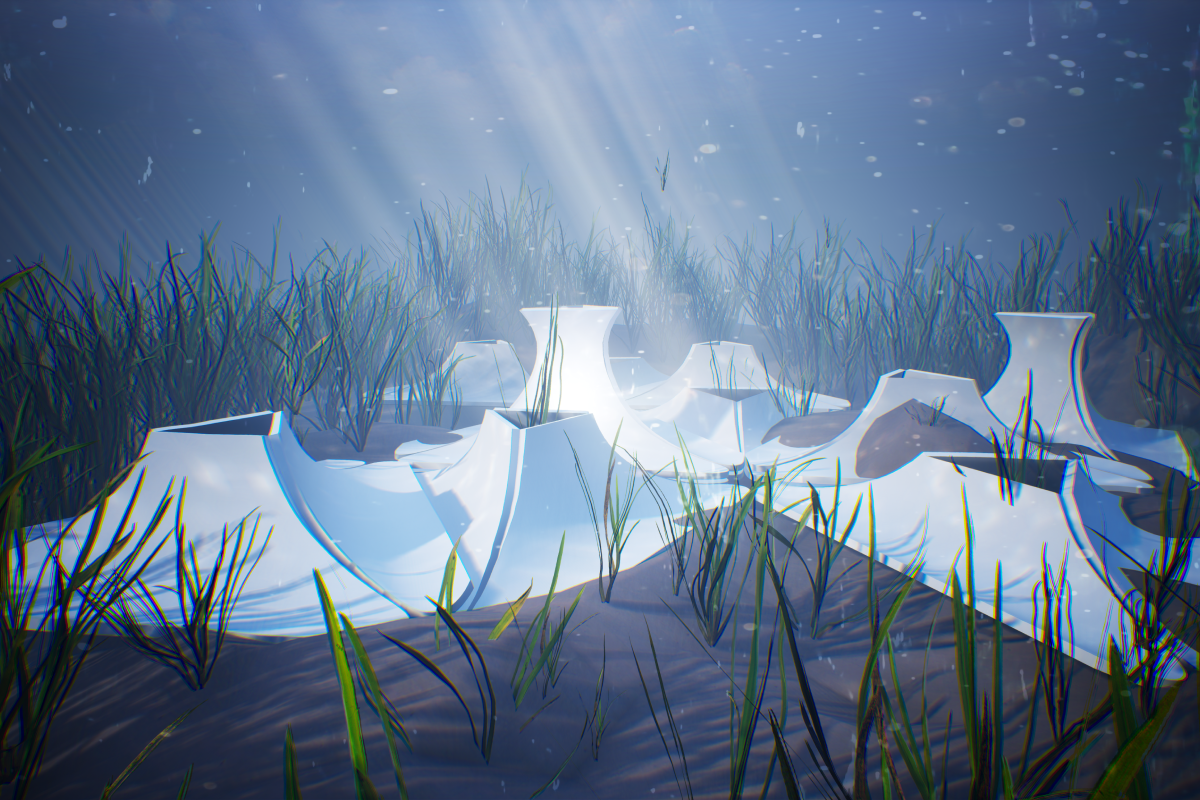
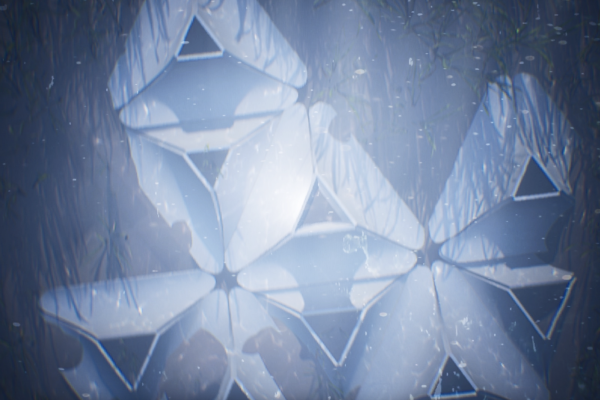
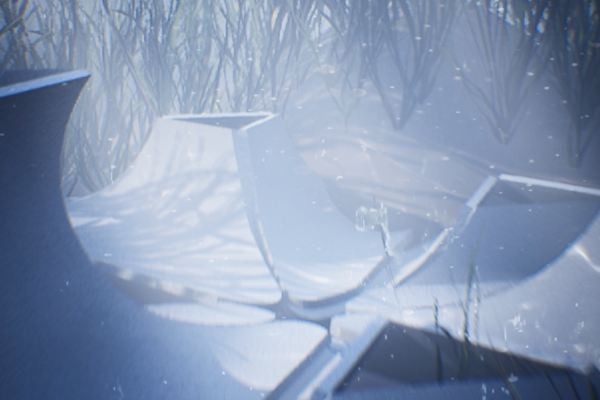
Field testing is a labor intensive process. We also prototyped design details that would affect deployment such as sediment interaction, stability, and seed rooting.
result
Blue Ceramics design targets cold-spots at different levels to reduce erosion and seed loss through sediment traps. The overall system is designed to increase seagrass meadow resiliency at different levels of scale to aid rehabilitation efforts.
“I have been working with seagrass restoration for a long time and we didn’t come up with anything like this. Just having something different to try is really exciting to me”
― Coastal plant ecologist on our intervention design
system level impact
Provide intermediate habitat and breeding grounds for small organisms
Facillitate better conditions for meadow regrowth and system restoration
macro level impact
Reduce current force and seed loss by increasing surface topology
Prevent erosion and reduce sediment levels by increasing surface coverage
micro level impact
stackable
modular
conclusion
Blue Ceramics brings a new lens on collaboration across disciplines by using familiar design methodologies to target nature instead of humans. I hope this work broadens the conversation around the potential for design to bring about more sustainable, reciprocal futures for both plants and humans.
next steps
Field Testing — initial testing will focus on mapping sediment interaction with the form and its effect on seagrass (zostera marina) regrowth and seed retention off the coast of North Carolina.
Manufacturing — developing a digitally controlled subtractive manufacturing method for scaling the manufacturing process
acknowledgements
I am forever grateful to Dr. Lining Yao for believing in and guiding this project. I learned so much during my time in the Morphing Matter Lab. I am also grateful to Dinesh Patel, Jianzhe Gu, and Kexin Lu for lending their expertise in materials science, morphing matter, and computational design.
